Birds play a vital role in balancing healthy ecosystems that humans and other species depend on. Their contributions include pollinating plants, dispersing seeds, controlling insect populations, scavenging carcasses, and more. Birds positively impact forests, grasslands, wetlands, oceans, farms, and urban areas around the world. Beyond ecology, birds contribute to human economies, inspire arts and culture, connect us to nature, and provide enjoyment. This article explores the many reasons birds matter.
Birds are crucial to human societies because they sustain essential ecological processes that provide clean air, water, food production, pest control, pollination services, and soil renewal. Beyond supporting functional ecosystems that communities depend on, birds also contribute billions to economies through agriculture insect regulation, guano fertilizer mining, and birdwatching tourism.
Additionally, birds profoundly influence global arts and culture, appearing in ancient to modern visual arts, music, dances, literature and mythology. They also improve quality of life by reducing anxiety, depression and stress through recreational birdwatching and emotional connections to nature. Birds tutor the values of stewardship and conservation as well. The combination of ecological, economic, cultural and recreational importance makes clear that birds provide integral services supporting healthy, sustainable societies.
Ecosystem Services
Pollination
Many plants depend on birds to move pollen between flowers for fertilization and seed production. Hummingbirds are essential pollinators, visiting over 300 species of flowering plants across North and South America. Their long beaks and tongues access nectar, getting coated in pollen which rubs off on the next flower visited. Sunbirds, honeyeaters, and some parrot species also pollinate plants as they forage for nectar. By dispersing pollen, nectar-feeding birds support healthy, biodiverse plant communities and productive ecosystems.
Seed-eating birds also incidentally pollinate flowers as they brush up against anthers and stigmas looking for insects or seeds. Sparrows, finches, buntings and many others contribute to pollination this way. Therefore, diverse bird families make vital contributions to plant reproduction through pollination.
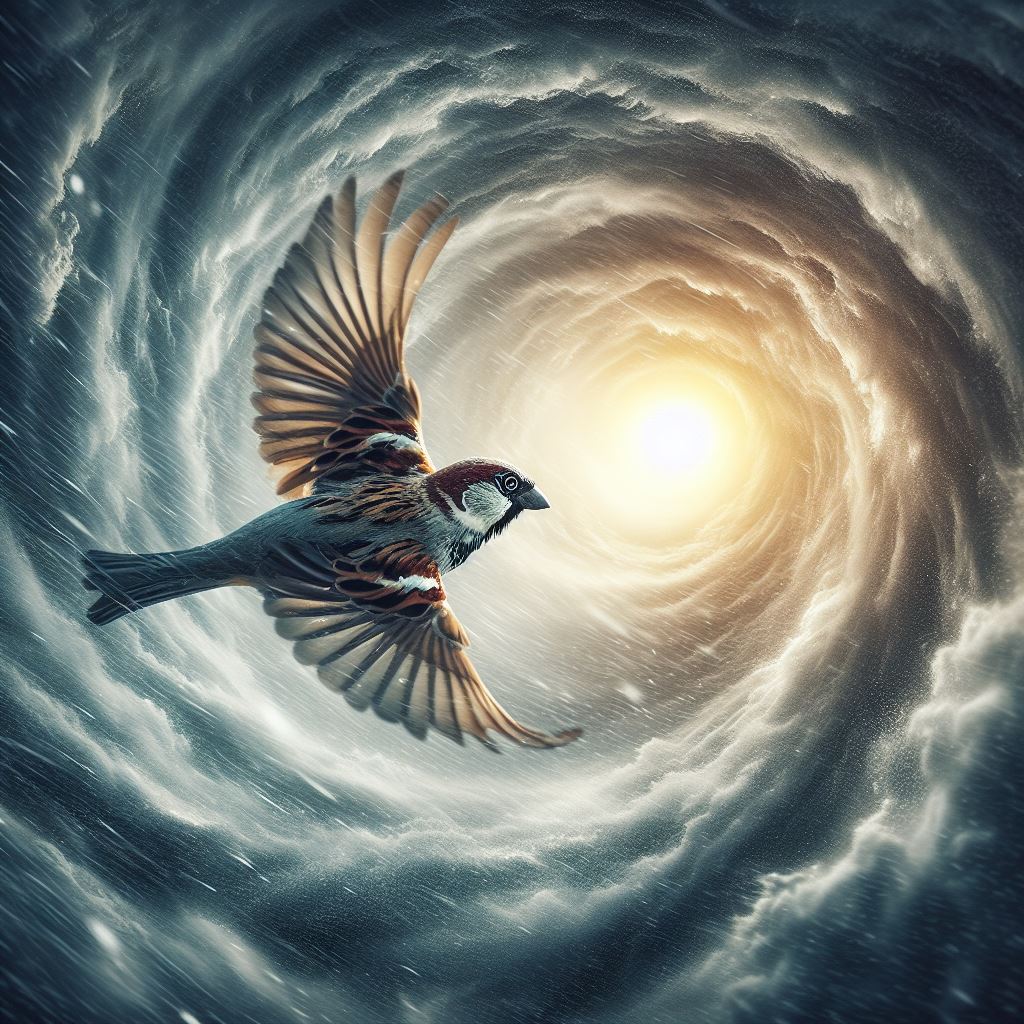
Seed Dispersal
Seed dispersal by birds impacts ecosystem form and function from forests to grasslands. Birds consume fruits and grains, passing viable seeds in their droppings which fertilizes the soil. Depending on the size and behavior of the bird, seeds may get transported miles away from the parent plant. This facilitates plant propagation across wider areas and varied microhabitats that each species prefers.
Frugivorous birds like toucans, hornbills, certain parrots, and some songbirds are tremendously important for dispersing tree and vine seeds in tropical rainforests. Temperate forests also rely on turkeys, grouse, jays, waxwings, and other berry-eating birds that distribute seeds. Seed-dispersing birds help maintain biodiverse natural habitats full of varied plant species.
Insect Population Regulation
From tiny hummingbirds to large hawks, most birds consume insects which helps regulate their populations. This prevents pest outbreaks that damage ecosystems and human agriculture. For example, a chickadee family with nestlings to feed can remove up to 9000 caterpillars per week from a forest! Flycatchers, swallows, nightjars, and swifts catch insects on the wing, controlling populations of bugs like mosquitos, beetles, grasshoppers, flies and flying ants. Ground foraging birds like quail, grouse, sparrows, and roadrunners eat insects like ticks, termites, ants, locusts and many more. Insectivorous birds provide natural biocontrol across all types of habitats worldwide.
Scavenging
Scavenger birds fill an important ecological niche by feeding on carcasses of dead animals. Vultures, condors, and kites have evolved bald heads and necks with strong, hooked beaks to reach deep inside rotting carcasses. By rapidly picking bodies clean, they prevent the spread of diseases that could otherwise contaminate waterways used by other wildlife and people. Scavengers taken together dispose of huge amounts of animal remains efficiently. This recycles nutrients back into the ecosystem for continued growth and renewal.
Economic Services
Beyond ecology, wild birds also provide direct economic benefits worth billions of dollars globally:
Insect Control in Agriculture
It’s estimated birds save U.S. agriculture $3.4 billion dollars annually through the huge numbers of pest insects they eat across farmlands. Swallows alone remove billions of flies and other crop-damaging insects each year. Farmers know the value of attracting and protecting insect-eating birds and other wildlife to their fields through integrated pest management practices like hedgerows, meadow strips, and retaining natural areas.
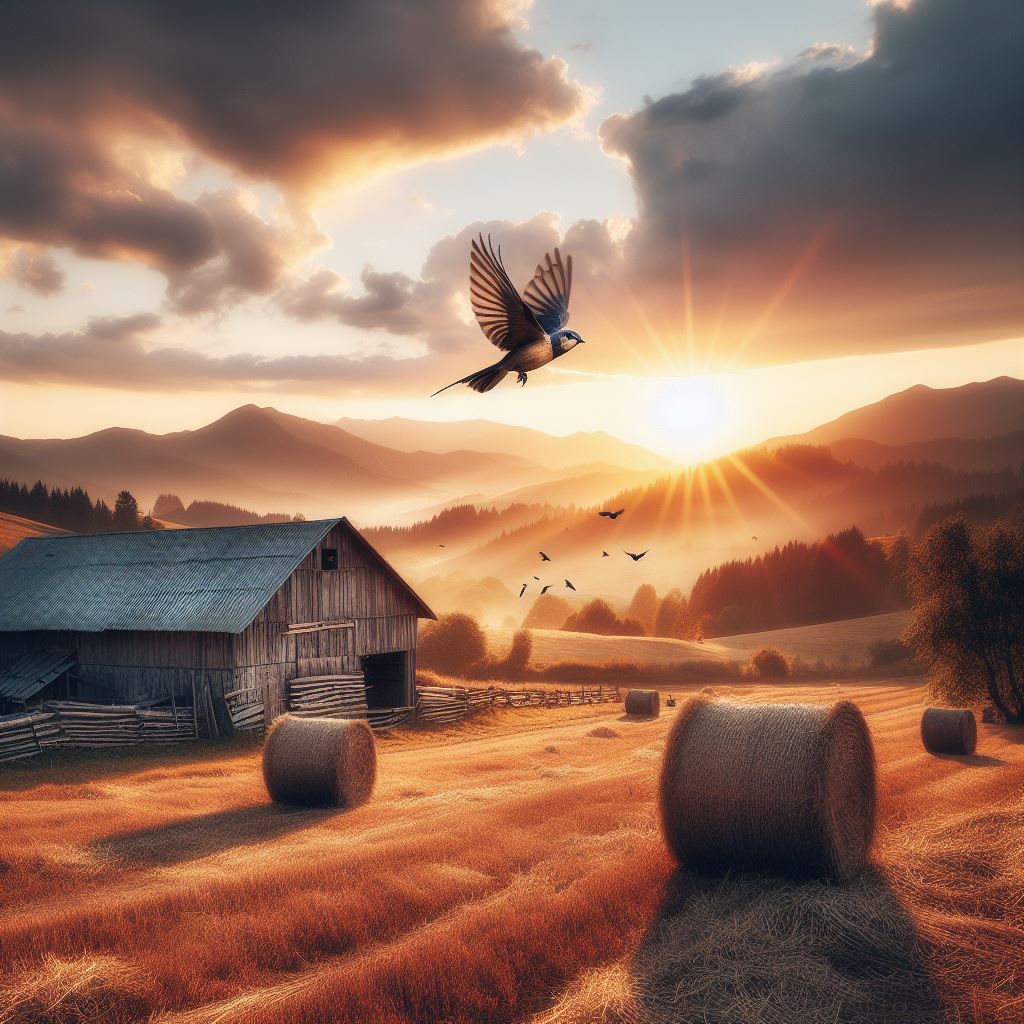
Guano Fertilizer Mining
Seabird guano consists of accumulated excrement, feathers, eggshells and carcasses concentrated on islands and coastal areas where seabirds nest. Rich in phosphorus and nitrogen, bird guano gets mined for export and use as organic fertilizer that increases plant growth and crop yields. The global guano fertilizer market generates around $450 million annually. Countries like Peru, Chile, and South Africa export thousands of tons each year to support food production around the world, benefiting from wild birds.
Birdwatching Tourism
Birdwatchers take trips dedicated to observing wild birds in their native habitats, contributing to local tourism economies. It’s estimated bird and other wildlife viewing directly generates $41 billion in annual spending across the U.S. economy. Guides, tourism operators, hotels, restaurants, parks agencies, optics manufacturers, and more all benefit from this nature tourism. Birding festivals also inject visitor spending into communities during migrations and breeding seasons. As people increasingly seek meaningful connections with nature amidst urbanized lifestyles, this segment keeps growing.
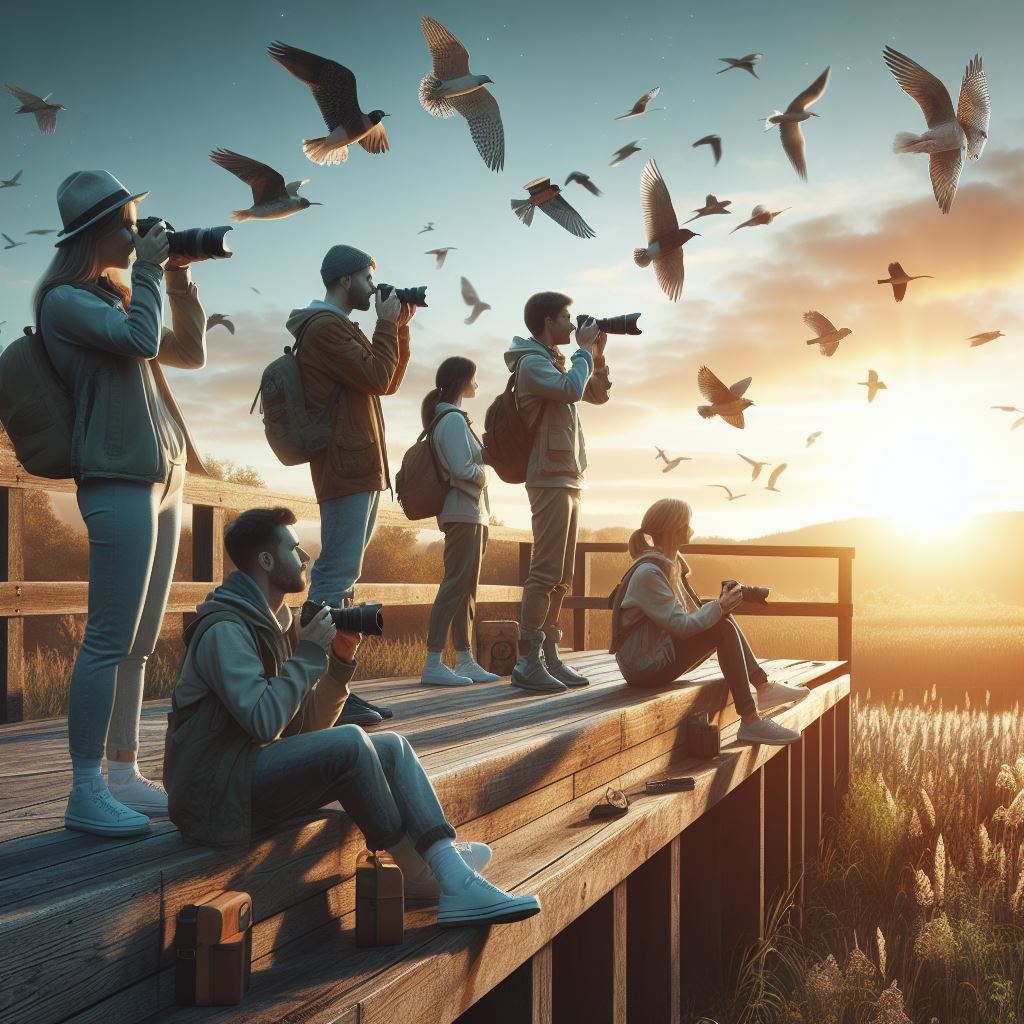
Arts and Culture
Birds connect people to the natural world, inspiring visual arts, music, literature, language, mythology, and folklore across cultures for millennia. They remain pervasive muses embedded in modern-day stories, songs, designs, and creative works.
Visual Art
From scientific illustration to fine art, birds have been depicted in paintings, prints, carvings, drawings and photographs for beauty, symbolism and documentation. Paleolithic cave paintings, ancient Egyptian hieroglyphics, and medieval bestiaries all included birds. Audubon’s famous paintings documented North American species while inspiring conservation. More abstract bird subjects expressing ideas flourished in modern art too, like in Picasso’s works. Birds still frequently appear in decorative arts and jewelry, animated films, nature photography contests, and children’s coloring books. They likely remain one of the most illustrated creatures globally.
Music and Dance
Classical music compositions mimicking bird songs date back to the 14th century. Composers like Vivaldi, Handel, Rameau, Respighi and Messiaen all included birds to evoke pastoral, springtime themes. Birdsongs also inspired jazz improvisations by Charlie Parker and other saxophonists. More recently, rock bands like The Eagles to indie artists like Soko have albums featuring bird references. Ballet dancers gracefully emulate flying motions during productions like Swan Lake and The Firebird. Birds have left their creative mark on diverse musical styles and dance arts worldwide.
Literature
Writers continually reference birds symbolically, metaphorically, and as characters that connect readers to nature. Ancient fables used anthropomorphized birds to teach moral lessons. Owl and nightingale symbolism thrived in medieval poetry, while British Romantic writers like Shelley and Keats favored skylarks and nightingales representing poetic inspiration.Modern American authors like Harper Lee used mockingbirds to symbolize innocence in novels. Storytelling keeps reinventing bird meanings across languages in new contexts. Most writers acknowledge bird interconnections to seasonal changes or cycles of life through imagery, analogy or description too at some point. Readers often relate to their freedom, fragility, or aid in conveying emotional themes.
Language and Mythology
Birds pop up across spoken languages, idioms, proverbs, mythology, dream interpretations, and folklore worldwide. For example, “eagle-eyed”, “free as a bird”, “bird-brained”, “kill two birds with one stone”, or “flip the bird” hold meaning wrapped up with bird traits we recognize. Gods and spirit figures like Egyptian Ra with a falcon head, Greek goddess Athena’s owl, or Norse god Odin’s ravens represent attributes from strength to wisdom. Dreaming about specific birds connects to themes like transformation, renewal, love, or self-reflection through long-told stories. Birds remain integral to human wisdom passed down between generations this way verbally.
Quality of Life
On an individual level, birds enhance people’s wellbeing through recreational enjoyment, therapeutic benefits and the profound meaning of connecting through nature.
Recreation and Companionship
Observing and feeding wild birds provides recreation, stress relief, visceral connections to nature cycles and companionship to millions globally. Technological lifestyles increasingly detach people from outdoor experiences, making these interactions more valued. 53 million Americans actively watch backyard and wild birds. Many join clubs linking them to wider communities sharing knowledge. Competitive birdwatching as an extreme sport pushes human physical limits too in some cases! Beyond backyards, hunting gamebird species like pheasants and grouse provides sport. Falconry uses trained hawks or falcons to cooperatively hunt, bonding human and raptor in ancient traditions. Commercial racing pigeons fuse competition with endurance flying too. For so many people, birds facilitate routinely integrating healthy nature recreation and social bonds into life.
Emotional and Spiritual Wellbeing
Interacting with birds lifts moods, reducing anxiety, anger, stress and depression clinically. Bird sounds, colors and motions captivate attention with wonder, joy and hope. Symbolically they represent transcendence, freedom or virtues like patience across faiths too. Watching seabirds’ resilience facing storms puts life’s difficulties into perspective. A friend dying finds solace seeing a cardinal appear soon after.
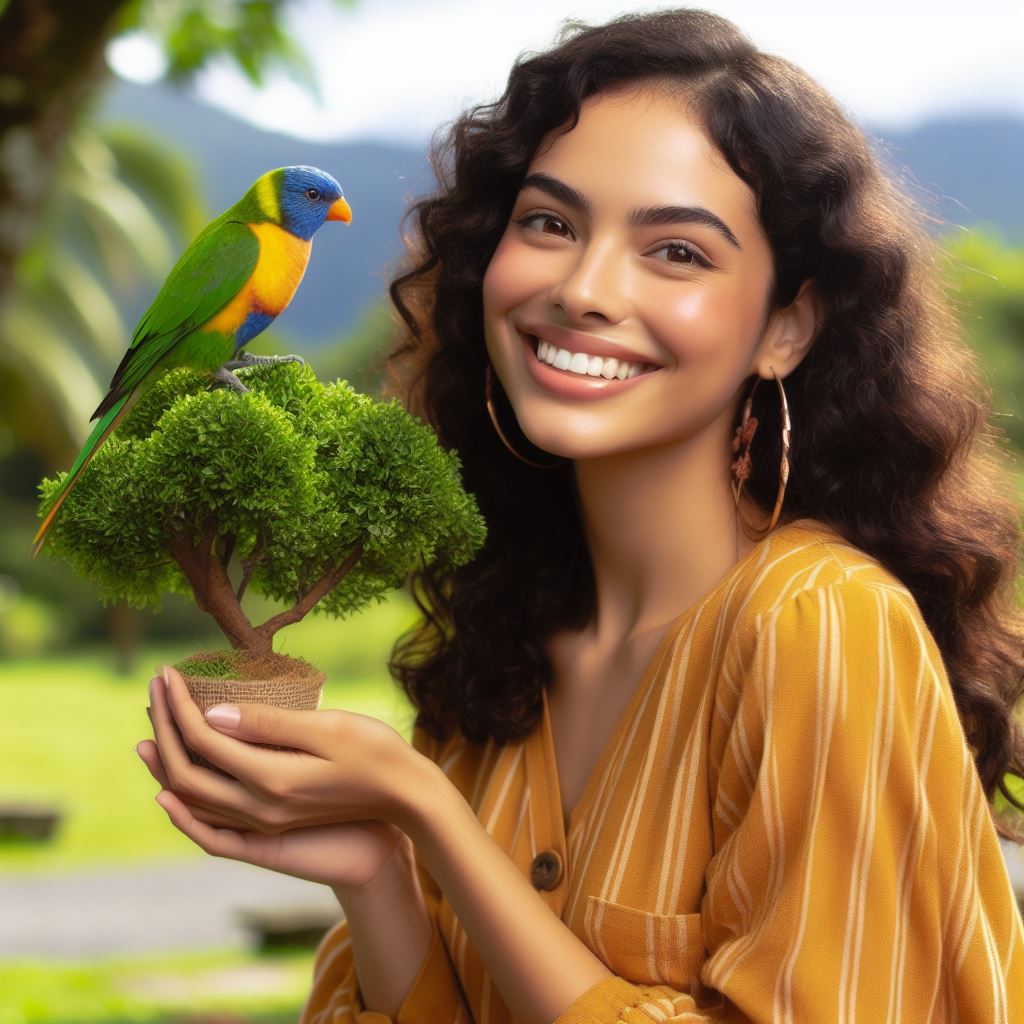
Others marvels at a chickadee fledging from the nest outside their window, gaining comfort from witnessing such fragile life. Spiritual singers let sorrow fully release weeping with mourning doves or find security resting under the shadow of god’s wings analogy. Patients healing or children in hospitals often observe backyard feeders, gaining positive respite. Even brief moments tuning into birds redirects mental chatter to simply appreciate each observed moment. Lifelong and novice birdwatchers alike receive these regenerative effects through emotional, psychological, and symbolic channels.
Conservation Action
Birds inspire widespread conservation initiatives more than most other taxa on Earth. Their observable behaviors, migrations, nest building and songs build connections. Noticing disappearing birds and habitats makes biodiversity threats personal, motivating activism today. Hundreds of bird species recovery programs breed captive populations, remove invasive predators, conserve habitats and enact policies locally to globally that collectively help threatened unique species persist. For example, Whooping Crane eastern migratory flock restoration involved Canada, the U.S. and many organizations introducing captive-raised birds over decades. Only 16 migrated in 2016 compared to over 100 today, demonstrating that strategic coordinated efforts inspire hope. Every year birds motivate millions to take action through citizen science surveys, habitat restoration volunteering, consumer purchases, donations, contacting elected officials and practicing sustainable lifestyles. Birds continue focusing public willpower towards implementing conservation today.
FAQ
Why do birds matter more than other animals?
Birds hold unique importance compared to other species in a few key areas. Their tremendous diversity globally means they contribute essential ecological services to nearly all habitat types worldwide. Many undertake incredible yearly migrations spanning thousands of miles that awe and fascinate people more than other taxa. Their observable behaviors like seasonal plumage changes, songs, and nest building also forge intimate connections. However, all organisms have value worthy of ethical consideration for conservation from mammals and insects to fungi and plants that maintain ecological balance.
How do birds really impact the economy?
Birds provide ecosystem services worth an estimated $41 billion to the U.S. economy according to one report by USDA’s Division of Economics. For example, natural insect control from feeding birds saves farmers over $3 billion in pesticide costs and crop damage annually. Guano mining for fertilizer exceeds $450 million in global market value each year too. Ecotourism for birdwatchers also keeps expanding as a growth industry, generating billions from incidental spending benefiting many communities. Quantifying contributions remains complex, however, with values constantly being reassessed.
Should I be concerned about birds where I live?
If you notice reduced species diversity, quantities, nesting success, or habitat compared to historical records, then conservation action is warranted.Every regional bird population faces unique pressures from threats like outdoor cats, buildings, habitat loss, pollution, climate change and more requiring tailored approaches. Getting involved with local conservation groups and Audubon chapters helps advocate for bird-friendly policy changes specific to community issues. Installing window screens, keeping cats indoors, reducing pesticide usage, maintaining native plants and recording citizen science data also assists bird protection locally. Supporting habitat corridors, national wildlife refuges and parks further bolsters secure sanctuaries regionally.
What can I do to help birds?
Every person can help birds in simple ways that collectively makes a huge impact! Putting bird feeders, nest boxes, fountains or baths in your yard creates habitat. Planting native flowers, trees and shrubs provides shelter and food too, especially if grown without pesticides. Drinking shade-grown coffee protects migratory songbird winter habitat also. Avoiding plastic waste and litter prevents entanglement or ingestion hazards. During migrations, turn lights off at night and close blinds/curtains so birds don’t collide with windows. Volunteer at bird sanctuaries on cleanup and gardening days too. Moreover, spreading awareness about threats birds face sparks others to action. Small daily changes add up, creating healthier environments!

My name is Shane Warren, the author behind Your Bird Buddy – your ultimate guide to the wonderful world of birds! Unleash your inner avian explorer as we delve into a vibrant library of knowledge dedicated to all things feathered. From learning about diverse bird species from across the globe to understanding their captivating habitats and behaviors, I’m here to fuel your passion for these magnificent creatures. Not only that, but I also provide valuable insights on being a responsible and informed pet bird owner. Join our vibrant community and let’s celebrate the feathered wonders of the world together – one chirp at a time. And be sure to join our Your Bird Buddy Community over on Facebook!

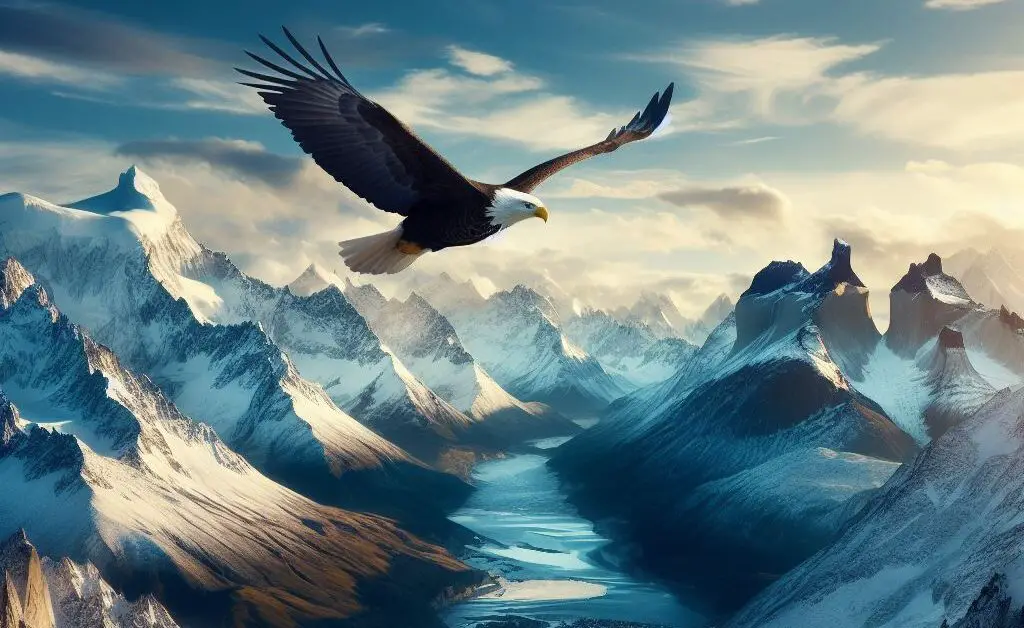
Comments are closed